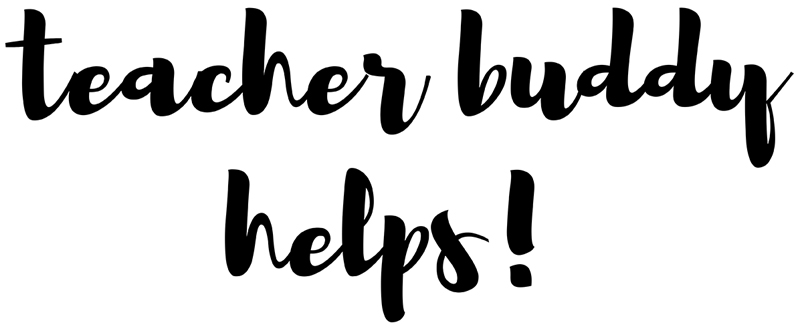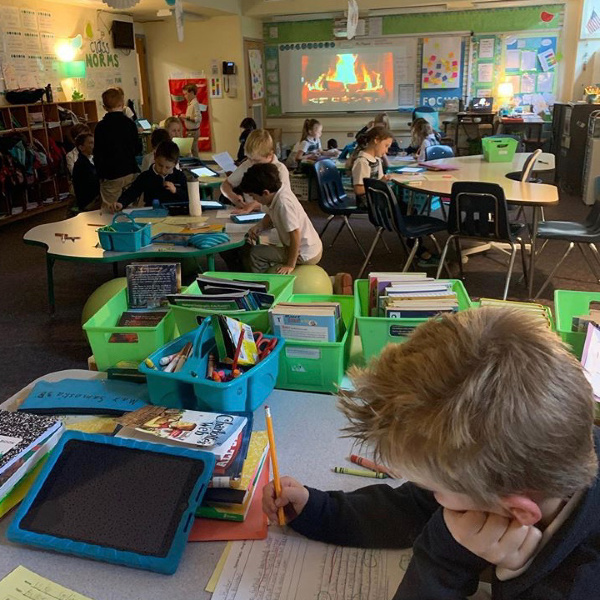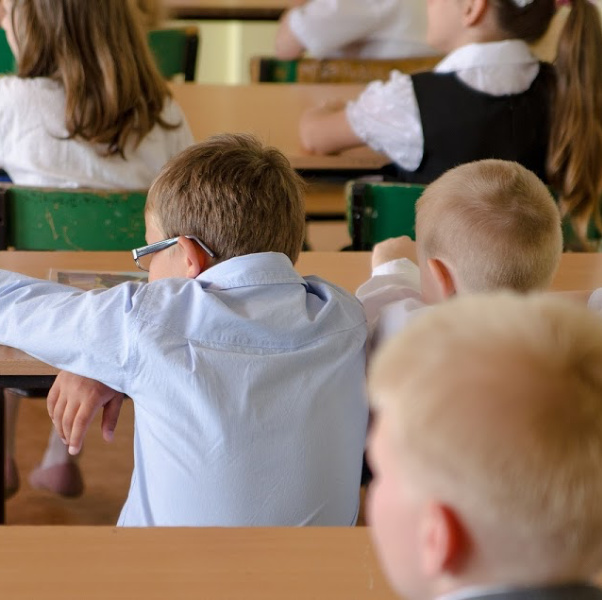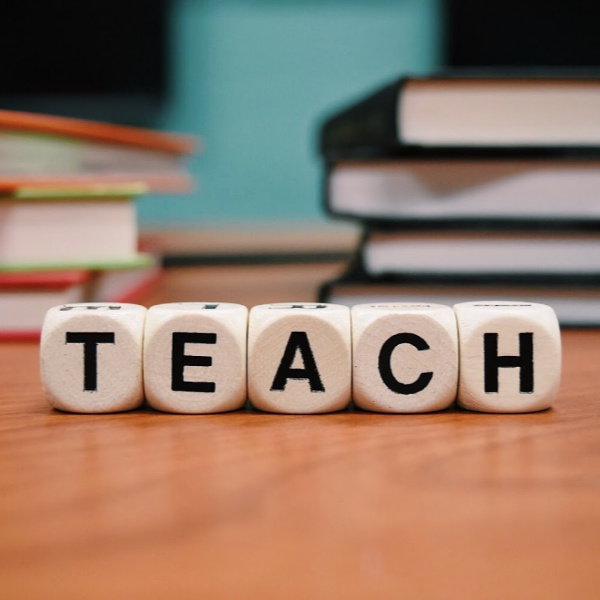Turning Around Negative Behavior
One item that I tend to hear teachers ask about regularly is student behavior; more specifically, what are some strategies for turning around negative behavior? Learning how to manage student behavior is one of the most important management items that teachers must tackle right away in order to have a good year.
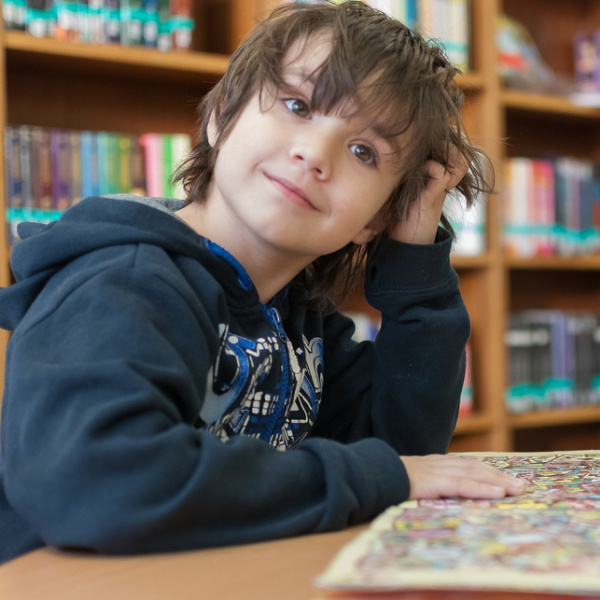
The first thing you need to realize is that each class is different. However, each grade-level of students tend to have commonalities that you can use as you structure your behavior plan. For example, you would not have the same expectations of first graders as you would for high school students.
Turning Around Negative Behavior
The first thing to do is establish a behavior plan that fits the grade-level you are teaching and make sure the students understand it thoroughly. After you have done this, you will find that most students will follow your expectations. The ones you will need to work with to turn around their behavioor are the outliers.
Some Other Blog Articles to Help you
In case you are searching for ideas on behavior plans and helping with disruptive behavior, I have three other articles that will help you. You can read them here:
5 Simple Kindergarten Rules to Support Effective Behavior
Tackling Difficult Behavior Issues
Minimizing and/or Eliminating Behavior Issues in Elementary School
Since I was both a teacher and an administrator I have a lot of experience with student behavior and misbehavior.
It Starts with the Parents
The first thing you will need to do to turn around behavior for many students is to get the help and support of their parents. Take to time to contact the parents early in the year. Send regular emails to all your students’ parents in order to establish a positive relationship. This way, when you need to meet with them separately about their child’s behavior, they will be more likely to meet with you.
When you meet with the parents, start the conversation by asking about their child’s birth and early years. You will be surprised to learn some things you didn’t know about this student. This often sends the message to the parents that you are a TEAM working to HELP their child, and not just an angry, frustrated teacher.
When you Involve Parents in this part of your work with their child, the results can be amazing. Some parents will be open during this meeting, but won’t follow through later. These will often be the most difficult students to work with because they have different behavior expectations at home and school.. Although it’s more difficult, it is not impossible. Children can learn to behave differently in different situations; so stick to your plan and enforce your expectations.
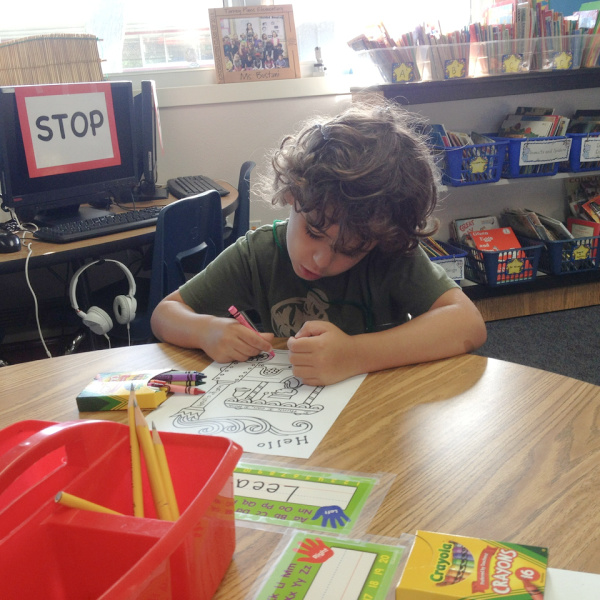
Charts, stickers, badges, rewards…turning around negative behavior
Your system of classroom behavior or management will need to include three parts; rules, rewards and consequences. When you teach your system to the class, be sure to discuss each of these three parts. Then practice how this would look, and then BEGIN TO USE THE SYSTEM RIGHT AWAY!
As a quick overview, rewards work differently for different ages. Young children (up to second grade) work better for individual rewards…stickers, treasure box, treat. For older students, group rewards tend to work well since they utilize positive peer pressure which helps bring behaviors in check.
More ideas for turning around negative behavior
Never underestimate the power of praise. Many students don’t get enough praise in their lives and your praise can be just the thing they need to behave well. There have been a few articles about being sure to make your praise specific and genuine and not just general and all-encompassing.
I tend to agree with this thinking. So, instead of just saying “good job” to a student, apply your praise to something specific (good to praise effort and perseverance) “I like how you made sure to complete all the problems and show your work, thank you.” Another example, “Thank you class for walking quietly in line to the library.”
Do you see how effective this can be to praise specific actions instead of general praise?
Another idea that works with some classes and some students is partner accountability. Asking students to check to see if their partner is following directions can be helpful…just be sure to teach the class SPECIFICALLY what this looks like so that it doesn’t turn into a “tattle-telling session.” If this strategy feels uncomfortable to you, then don’t use it BECAUSE the students will “pick up” on your vibes. As a principal I saw this idea work really well in a third grade class. BUT that teacher had taught and modeled how it was expected to be used throughout the class time.
Before I end this article, I want to be sure to offer you my FREE downloadable document called “10 Ways to Impress Your Principal.” Just in case you are interested. All you need to do is complete the form below and I will zip it right over to your email.
**
I hope you’ve found this article helpful…or one of the others I shared above.
Until Next Time,

